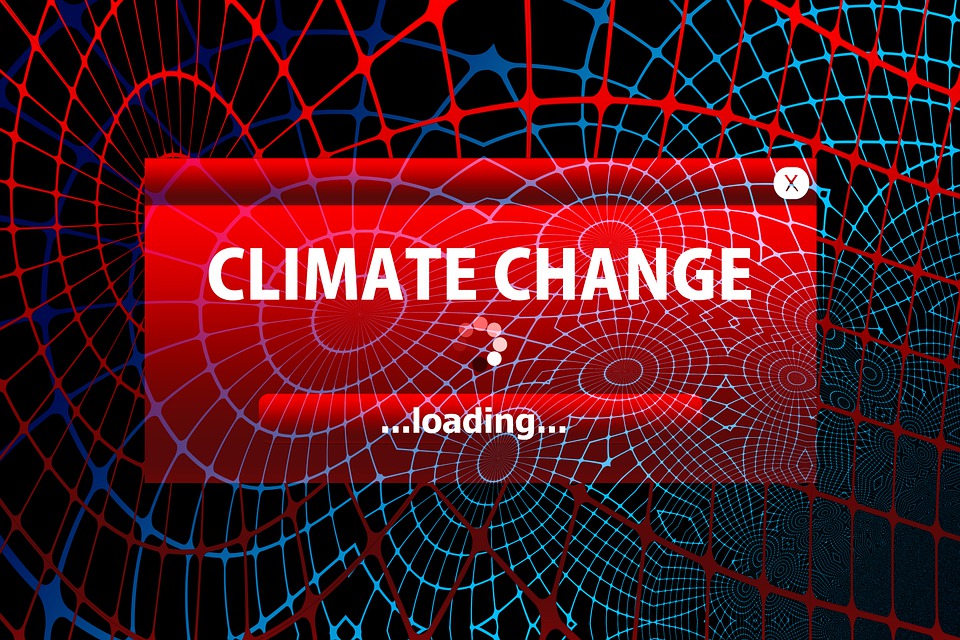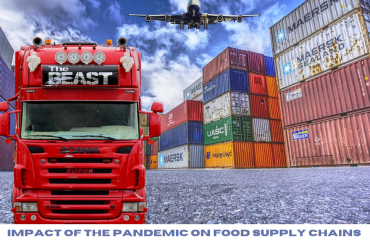The world depends on global supply chains, however, the network is prone to disruptions. Labor shortages, virus outbreaks, technological issues, and more can lead to substantial delays and increased costs but one factor is more frightening to supply chains than any other i.e. the rising temperatures.
With rising temperatures across the globe, scientists say that climate-related disruptions will intensify in the coming years. The level of carbon dioxide is increasing faster mostly due to human activity which has led to rising temperatures, rising sea levels, glacial ice loss, and extreme weather events. With almost 90 percent of the world’s freight moving by ship, the increasing sea levels will eventually threaten the supply infrastructure. A 2020 paper in Maritime Policy and Management even asserted that if current climate science is correct, “global supply chains will be massively disrupted, beyond what can be adapted to while maintaining current systems.”
With the growing frequency of extreme weather events and warming temperatures, organizations will now have to invest in climate mitigation efforts including the shift to green energy and regulations on environmental due diligence.
Here is how the rise in temperatures could affect the supply chains globally-
Reducing global supplies
One of the most disruptive effects the rising temperatures would have on the supply chains is on the supplies. Climate change has already started to affect various industries thereby decreasing their output. With this trend, supply chains might have lesser and lesser reliable sources for some products.
Extreme weather events could decline global supplies even rapidly. For instance, the wildfires in North American forests are a grave threat to the lumber industry, and as climate change worsens it might become more frequent. Similar events like flooding, and hurricanes will have a negative impact on the seaside and oceanic industries.
Transportation challenges
With the rise in temperatures globally, transporting products and parts across the globe might become more challenging and even dangerous in a few cases. Severe weather events could delay transportation and can endanger employees. For instance, high-intensity rainfalls have become a common occurrence due to climate change and this alone can slow down ground transportation as it can cause storms in the sea, impact ocean transport, and delay flights leading to global disruptions.
Workplace challenges
Workplaces that sustain global supply chains are also facing the impact of climate change. The rise in temperatures can cause exhaustion and illness among workers. Besides that, the rising sea levels and severe weather conditions can displace the workforce thus making it difficult for some facilities and warehouses to maintain adequate staffing. Moreover, these facilities could themselves face physical damage, for instance, weather events like tornadoes, fires, floods, and hurricanes have all become more frequent and severe due to climate change.
Increasing costs
The above-mentioned challenges could also contribute to a rise in operational costs across global supply chains. For instance, as the workplace face staffing shortages due to severe weather-driven displacement, and suppliers decline, it is likely that output will see a downward trend. With demand remaining the same and output decreasing, the organizations would have to raise costs to make up for the gap.
In fact, supply shortages could alone have a significant impact on the costs. Even the staffing costs may increase due to environmentally driven displacement. Supply chains across the globe may have to offer higher pays to engage the workforce to remain in that area or to move to other place. For smaller companies, it can become a bigger challenge as they may not be able to adapt and face going out of business.
Supply chains will have to get ahead of the problem for sustainability
Rising temperatures will have a significant negative impact on the global supply chains and many of the trends are already visible. To mitigate the impact of extreme weather impact organizations will have to map their supply chains to understand better where the risks lie exactly, whether it is the supplier whose area is subjected to hurricanes or it is the transport unit that is susceptible to flooding. Organizations will have to find ways to cut emissions to improve resilience and reduce risks in future.
The bottom line is that the threat of climate change is grave but it’s not inevitable, businesses will have to be proactive. Companies will have to look at creating a comprehensive strategy including all stakeholders in the supply chains to mitigate climate change risks.





